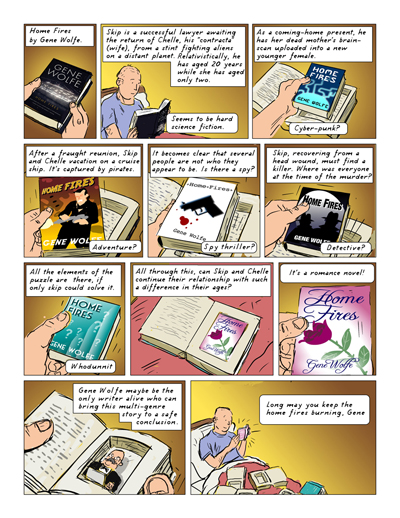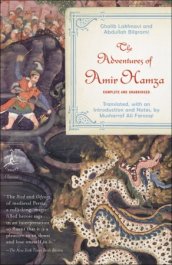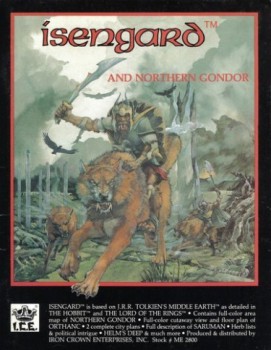Pathfinder Tales: Death’s Heretic by James L. Sutter
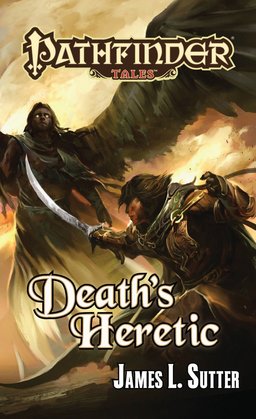 If there’s one potential flaw in reading stories set in roleplaying game settings, it’s that the emphasis is more on the mechanics of the system and magical setting than on the development of the characters. The best stories, of course, are able to avoid this and create complex, dynamic characters that resonate among some of the most memorable in all of fantasy. Raistlin Majere, Elminster, and Drizzt Do’Urden all come to mind as iconic characters born in roleplaying tie-in novels.
If there’s one potential flaw in reading stories set in roleplaying game settings, it’s that the emphasis is more on the mechanics of the system and magical setting than on the development of the characters. The best stories, of course, are able to avoid this and create complex, dynamic characters that resonate among some of the most memorable in all of fantasy. Raistlin Majere, Elminster, and Drizzt Do’Urden all come to mind as iconic characters born in roleplaying tie-in novels.
Into this esteemed category steps Salim Ghadafar, the protagonist of James L. Sutter’s Death’s Heretic (Amazon, B&N), an upcoming addition to the Pathfinder Tales fantasy novel series from Paizo Publishing. Salim serves the goddess Pharasma, the Lady of Graves, goddess of birth, death, and prophecy, but he does so only grudgingly. This unusual tension, together with a compelling plotline, draws the reader deeply into the world of the story.
Salim is called upon by Pharasma to investigate a man who died shortly after obtaining one of the greatest treasures available to mortals: the sun orchid elixir, which grants near immortality. The details of his death are of secondary concern, though, compared to the events that followed. Pharasma is far more concerned with why her priests are unable to resurrect him. His soul has gone missing … seemingly stolen from the goddess’s very realm of the dead, the Boneyard itself. Salim’s investigation takes him – and the victim’s orphaned daughter, who is bankrolling the investigation – from local rivals for the elixir, including a crimelord and a gorgeous half-elven brothel madame, to the outer planes and Pharasma’s Boneyard. The investigation brings him face to face with creatures who predate the creation of the world itself, with the power to thwart the natural laws of life and death.
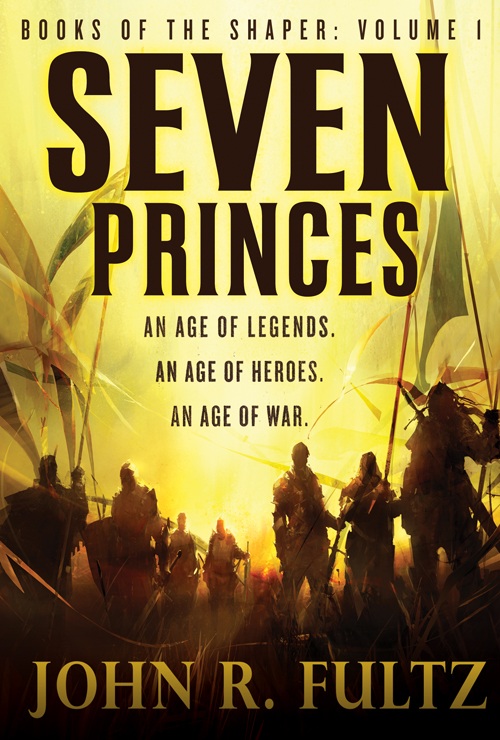
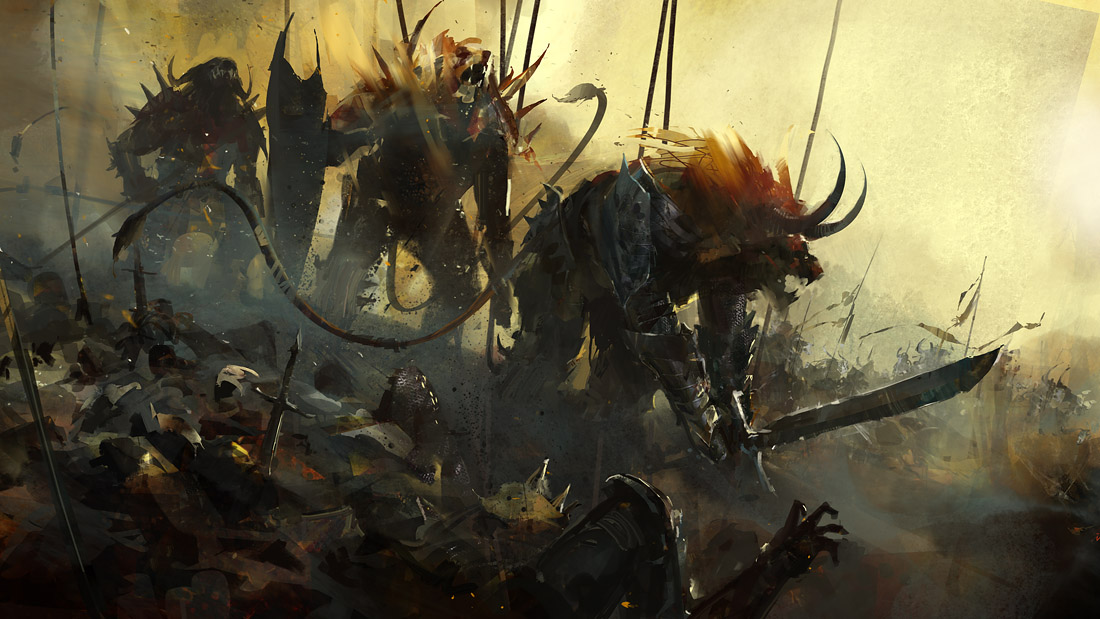
 The November
The November 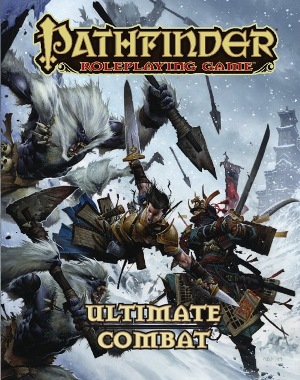


 Warning: Some spoilers follow
Warning: Some spoilers follow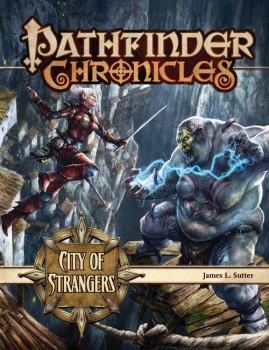 Last week we were just getting started in
Last week we were just getting started in 